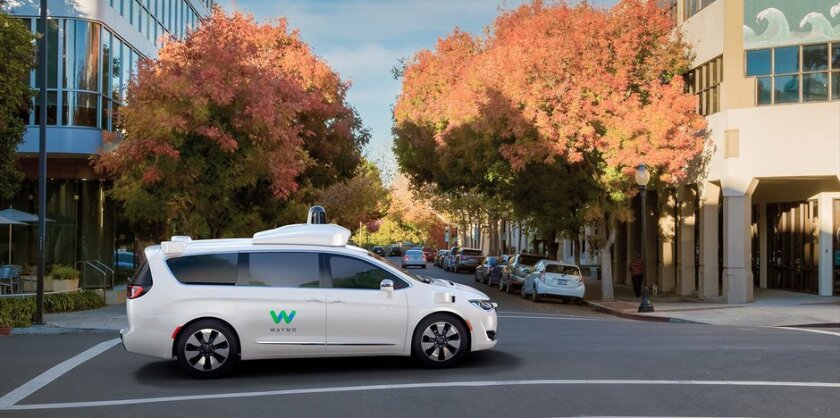Colorado has welcomed autonomous vehicles — but unlike Arizona or California, the state has no agency charged with regulating safety, privacy or accountability.
Studies show that communities of color inhale disproportionate amounts of vehicle pollution compared to white communities. Equitable development of electric vehicle charging stations could change that.
There are approximately 58,000 electric vehicles in Florida but there are only 954 public-access charging stations. As the network grows, utilities and gas stations are competing for charging station rights.
The nation is pivoting towards electric vehicles as a more climate-friendly alternative to gas-powered vehicles. Some worry about the chance that in the future millions of EV batteries will end up in a landfill.
With more electric vehicles on the road in the coming future, state officials worry how they will build and maintain roads with fewer drivers buying into the gas tax. Some are considering fees per mile driven.
The pilot program aims to encourage electric vehicle adoption among farmers and other commercial customers to help reduce the impacts of climate change, which directly impacts the state’s agriculture.
Though the state has been experimenting with smart meters since 2008, utilities have once again refocused on the technology as a way for electric vehicle owners to manage their electricity use.
The Summit County city has the most charging stations per capita in the county and officials are hopeful that the installation of four electric vehicle recharging posts will help attract EV drivers and business.
We can’t move millions of people back to the center of cities. But we can make our suburbs friendlier to urban values.
Newly released research points to the need to both electrify the transportation sector and make cities less car dependent if there’s any hope of curtailing the worst effects of climate change.
Regulators are exploring what kinds of regulations are needed for electric vehicle charging stations ahead of the nationwide expansion of electric vehicle infrastructure. Currently, only California has charging station standards.
The Edison Electric Institute estimated that to match the projected 22 million electric vehicles that will be on the road in 2030, utilities across the nation must increase the number of charging stations by more than tenfold.
The governor’s office has requested that companies submit proposals for building and operating an all-electric, self-driving microtransit system in Trenton that could serve as many as 90,000 people.
The state’s transportation section is not on track to meet its aggressive climate goals of reducing emissions by 45 percent below 1990 levels by 2035. By the end of 2020, the state had just 32,000 registered zero-emission vehicles.
Prior to COVID, San Antonio had allowed as many as 16,000 scooters to operate on city streets but now the allowance has dropped to just 2,000. The scooter industry may be here to stay, but not without change.
Tennessee is projected to collect $655.2 million in the 2022 fiscal year through its gas and diesel taxes. As gas-powered vehicles give way to EVs, the state will need to make up the lost fuel-tax revenue.
Most Read


















